You are here
Back to topChilean Kiwifruit and China: Keys to Continued Growth
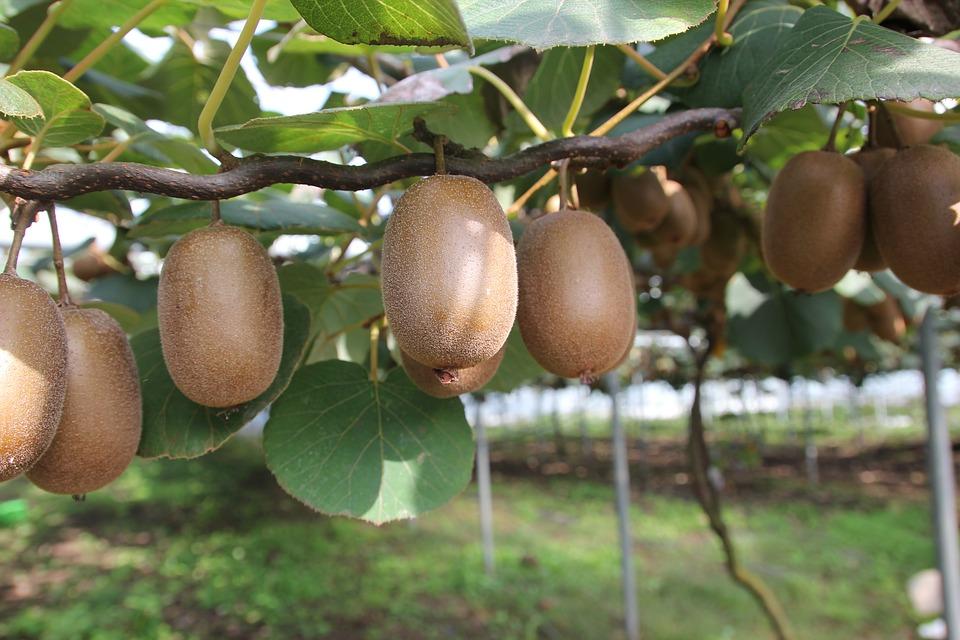
On May 31, Carlos Cruzat, President of the Chilean Kiwifruit Committee, delivered an online lecture to subscribers of Produce Report’s WeChat fruit trade and industry discussion group on the Chilean Kiwifruit Committee, the Chilean kiwi industry, and export to and co-operation with China.
The Chilean Kiwifruit Committee is made up of 650 kiwifruit growers and 35 exporters from Chile representing 80% of the kiwi export volume in Chile. Growers under the banner of the Chilean Kiwifruit Committee are independent and can choose their own partners in other markets such as China, but are supported by the Committee, who provides them with information about emerging technologies and models to increase orchard efficiency and production capacity and also informs growers as to updates regarding market requirements from around the world.
Chile produces arround 200,000 tonnes of kiwi annually, of which 96% is of the green-fleshed ‘Hayward’ variety. However, more interest is being given in expanding production of yellow flesh kiwi, such as the ‘Jintao’ and ‘Summer Kiwi’ varieties, as well as in developing red-fleshed (or red heart) kiwi. Chile’s kiwi production is centered in the central regions of O’Higgins (VI) and Maule (VII), with 33% of Chile’s total kiwifruit growing area located in Curicó Province in the Maule region.
Europe has been the main market for Chile’s kiwifruit exports for many years; however, over the past five years, Asia has become the leading market for Chilean kiwifruit exports. In 2016, export volumes of Chilean kiwifruit to Asia grew by 76%, whereas exports to Europe fell by 16%. This growth has been driven primarily by exports to Hong Kong and mainland China, which grew by 215% in 2016 compared to 2015, despite the average transit time of 35 days for kiwifruit shipments from Chile to China. Mr. Cruzat attributed this growth to increased consumer awareness and education as to kiwifruit in general and from South America in particular, as well as the immense size of the China market, significant increases in Chinese consumer demand for imported kiwifruit, and Chilean kiwifruit’s counter-seasonal growing season (April to September), which provides Chinese consumers with year-round access to kiwifruit.
China is by far the largest market for Chilean kiwi in Asia, as 62% of Chilean kiwi exports to Asia end up in China. Other markets in Asia for Chilean kiwifruit include South Korea (15% market share but only a 1% growth rate in 2016), India (only 8% market share but a 300% growth rate), and Taiwan (6% market share with a 97% growth rate).
Mr. Cruzat further underlined the important role the Chilean Kiwifruit Committee plays in supporting domestic Chilean growers in improving their product quality, transferring knowledge, and assisting in market research and development on behalf of the grower. To this end, the Committee wants to better understand regional differences in consumer preferences in China, such as different preferences in packaging, size, and quality, in order to appeal and expand to different markets and regions in China.
One challenge for Chilean growers is to plant in Chile high-performing varieties that can produce a consistent product in terms of size, shape, taste, and flavor. This process is aided by the growing conditions and climate however, as the Mediterranean climate in the Chilean growing regions is ideal for kiwifruit harvesting. When discussing competitive advantages of kiwi from Chile, Mr. Cruzat stressed the flexibility of Chilean kiwifruit exporters and growers on branding and pricing in order to meet the needs of the importer.
Developing and maintaining cross-continental relationships is of crucial importance in continuing the current successes enjoyed by Chilean kiwifruit exports to China. An important aspect for improving co-operation between countries and fostering closer relationships is the bilateral transfer of technology: for example, Joyvio has partners in Chile with whom they are working with in order to increase the volume and productivity of their own orchards in Chengdu.
Carlos Cruzat outlined another major challenge in exporting kiwifruit to China: maintaining coordination between importers and exports on the condition that kiwi should be in when they arrive in China. Many importers want very firm fruit in order to reduce product loss during transit, but the kiwifruit must eventually be available to consumers in an edible condition and conform to their preferences, i.e. soft and juicy. Given the lack of artificial ripening techniques and technologies for kiwifruit in China, Mr. Cruzat expressed his desire to host a series of seminars in China on kiwi ripening for importers. As the role importers play in the distribution process in China is of great importance, developing working relationships and coordinating action between growers/exporters in Chile and importers in China is key in ensuring a successful future for the trade of kiwifruit.



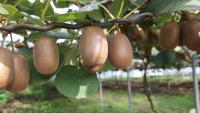
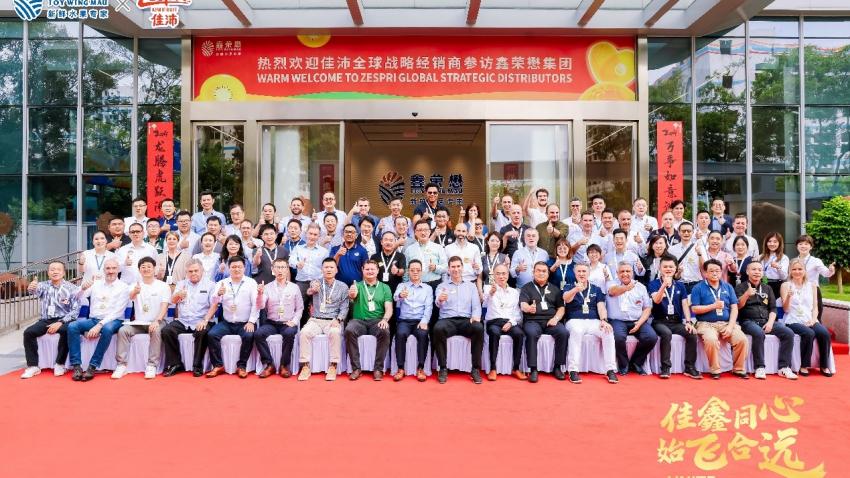
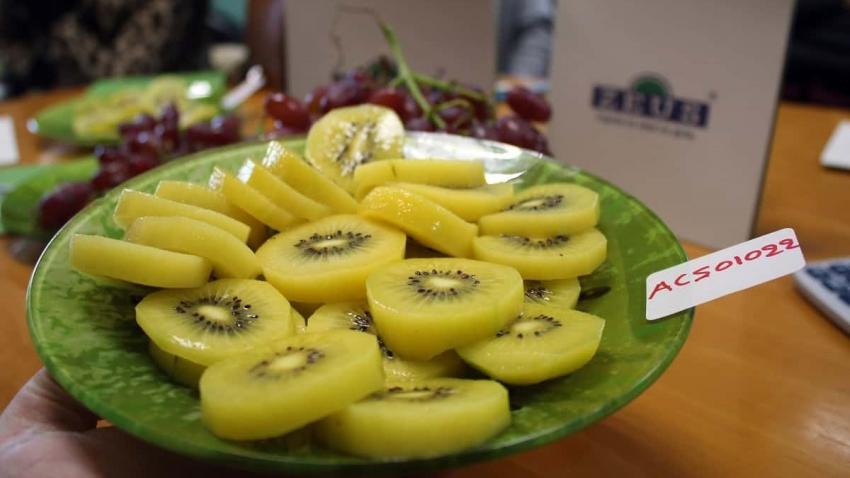
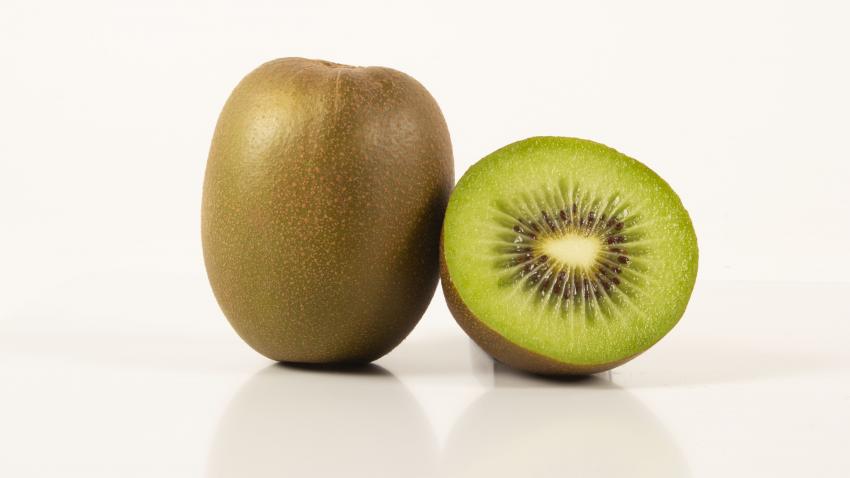
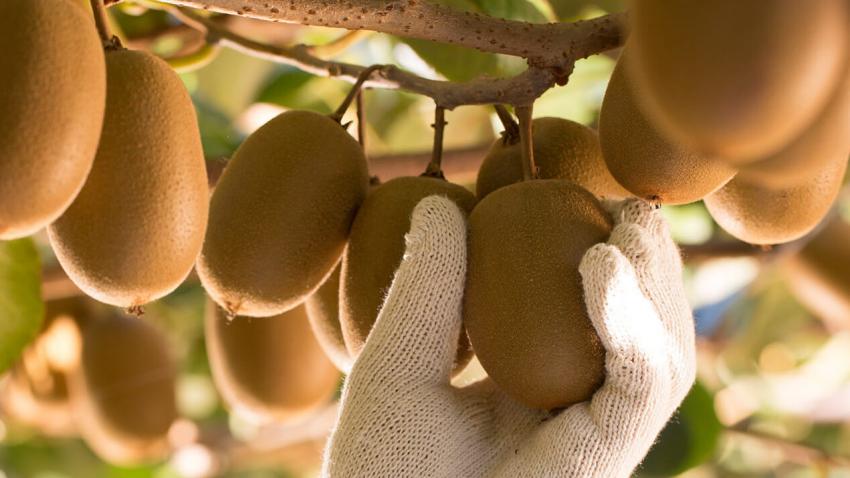






Add new comment